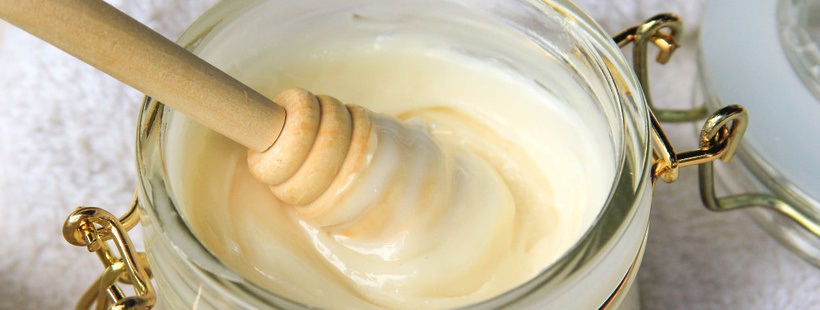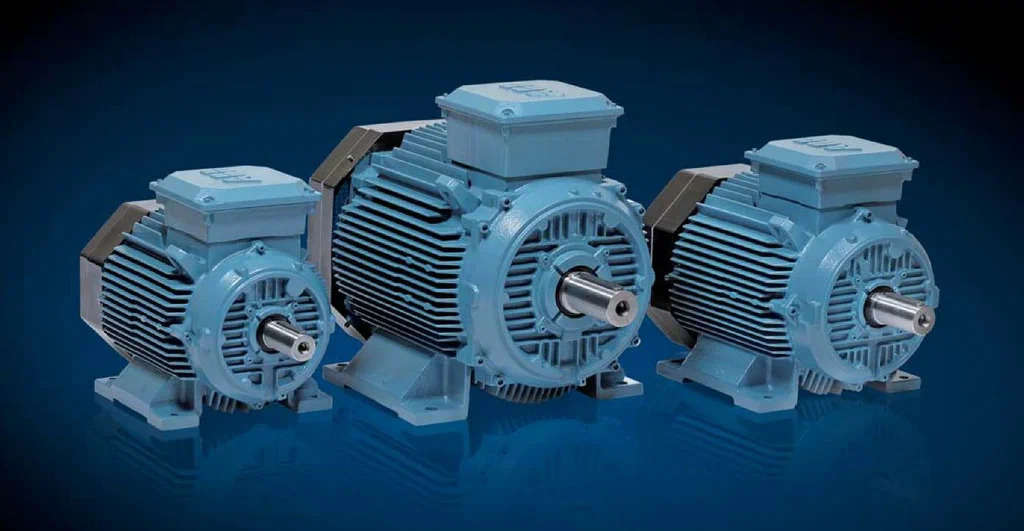Honey creaming, also known as controlled crystallization, is a process that transforms liquid honey that has been filtered and dried, with a moisture content no higher than 17%, into a smooth, spreadable consistency with a uniform texture. This process is essential for businesses seeking to provide a premium-quality product with enhanced shelf stability, improved consumer appeal, and a stable honey texture even after opening the jar.
The creaming process on a commercial scale relies on specialized equipment such as creaming machines and, more recently, vacuum honey creaming machines. These advanced systems optimize the crystallization process while keeping the temperature below 40 degrees Celsius, which is crucial for preserving honeyŌĆÖs beneficial properties. Prolonged exposure to temperatures above 40┬░C can degrade key enzymes like diastase and invertase while also accelerating the formation of hydroxymethylfurfural (HMF), a compound associated with honey degradation and potential health concerns.
The Science Behind Honey Creaming
Honey naturally crystallizes over time due to its compositionŌĆöprimarily glucose and fructose. The crystallization process is influenced by factors such as temperature, moisture content, and the presence of natural seed crystals. Traditional uncontrolled crystallization can lead to coarse, uneven textures that affect honeyŌĆÖs spreadability and consumer appeal. The controlled honey creaming process ensures that fine, uniform microcrystals form in a controlled environment, preventing large crystal growth at a later stage, preserving the desired consistency.
This process involves controlled crystallization (forming smaller crystals in a structured pattern), and homogenization to achieve a consistent, creamy texture. These steps not only enhance the visual and textural qualities of honey but also maintain its natural properties without altering its flavor or aroma.
The Principle behind Honey Creaming┬Ā
Standard honey creaming machines facilitate controlled crystallization through:
- Mechanical Agitation: Continuous stirring prevents large crystal formation and promotes uniformity.
- Temperature Regulation: Maintaining optimal temperatures slows down glucose crystallization while preventing overheating, which can degrade honeyŌĆÖs quality.
- Seed Honey Integration: Pre-crystallized honey (seed honey) is introduced to serve as a nucleation site for fine crystal formation.
Vacuum Honey Creaming technology
Vacuum honey creaming machines improve honey processing by operating in a reduced-pressure environment. This method offers several advantages over conventional creaming:
1. Fast Controlled Crystallization
Vacuum conditions create an ideal environment for rapid crystallization, allowing honey to reach a fine, stable texture in just 3ŌĆō4 hours. Unlike standard methods that rely on prolonged mechanical stirring, vacuum crystallization achieves results faster while maintaining product integrity.
2. Deaeration and Oxidation Prevention
Air bubbles naturally introduced during mixing can affect honeyŌĆÖs structure and lead to oxidation. The vacuum process removes these bubbles, resulting in:
- Better Color Preservation: Reducing oxygen exposure prevents honey from darkening.
- Improved Flavor Retention: Less oxidation means a fresher, more natural taste.
- Extended Shelf Stability: Eliminating excess air minimizes crystallization inconsistencies.
Reduced Microbial Contamination: Lower oxygen levels limit the survival of aerobic microorganisms, reducing the risk of fermentation and spoilage.
3. Moisture Control and Stability
Vacuum creaming machines help regulate and accelerate moisture evaporation, ensuring a stable final product. This reduces the risk of fermentation in high-moisture honeys and provides consistent viscosity across large batches.
4. Gravity Mixing: Increased Efficiency
Unlike traditional horizontal mixing, these vacuum creaming machines use an inclined tank for gravity-assisted mixing, making the process 20ŌĆō25% more efficient. This setup:
- Ensures better seed crystal distribution throughout the honey.
- Prevents localized overheating.
- Simplifies unloading, as gravity assists in emptying the tank.
5. Temperature-Controlled Processing
A jacketed duplicator system allows for precise temperature control by circulating cold water, enabling optimal conditions for honey crystallization.
The Quality Benefits of Vacuum Honey Creaming
Using vacuum technology enhances multiple product characteristics:
- Fine, Stable Texture: Prevents large crystal formation for a smooth, spreadable consistency.
- Extended Shelf Life: Reduces the likelihood of undesirable crystallization over time.
- Enhanced Sensory Properties: Preserves honeyŌĆÖs natural aroma, color, and taste.
- Minimal Heat Exposure: Protects enzymes, vitamins, and antioxidants from degradation.
Applications in the Honey Industry
Vacuum honey creaming technology is particularly useful for:
- Premium Honey Brands: Ideal for companies looking to expand their product range with high-quality creamed honey.┬Ā
- Export-Oriented Production: Maintains stability during transportation by preventing unwanted crystallization.
- Organic and Raw Honey Markets: Enhances product appeal by offering a creamy texture with minimal heat exposure, preserving enzymes and nutrients.
- Blending and Flavor Infusion: Allows for the incorporation of additives such as fruit extracts, spices, or functional ingredients (e.g., probiotics, vitamins).
Vacuum honey creaming represents a major advancement in industrial honey processing. By accelerating crystallization, reducing oxidation, and improving texture, vacuum creaming machines produce high-quality, stable cream honey in a fraction of the time compared to traditional methods. This technology ensures energy efficiency, product consistency, and superior sensory qualities, making the vacuum creaming machine a worthwhile investment for modern honey processing businesses.
















